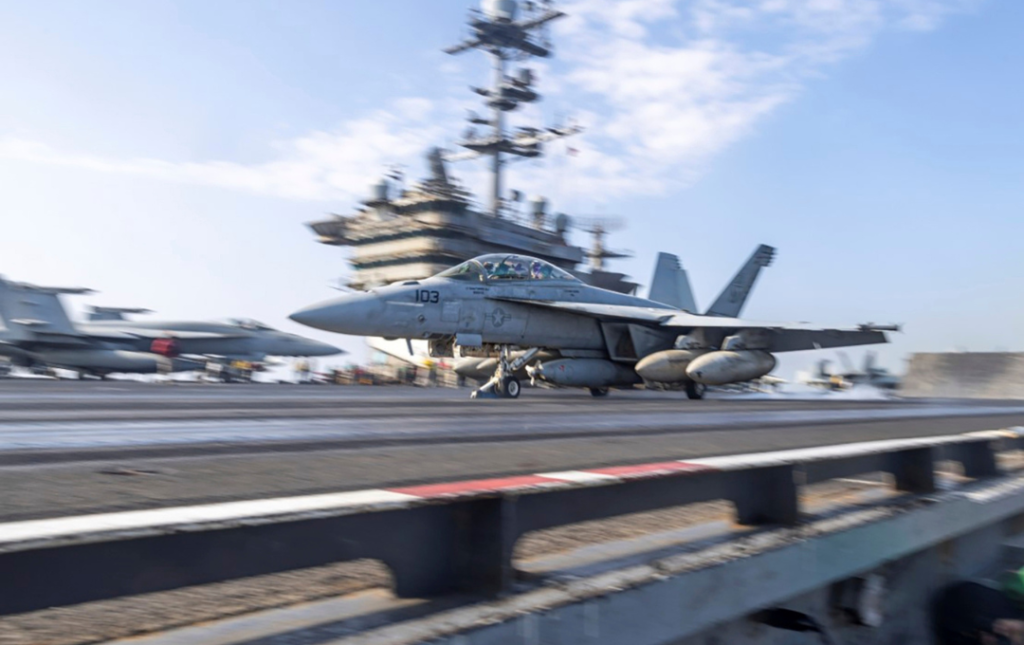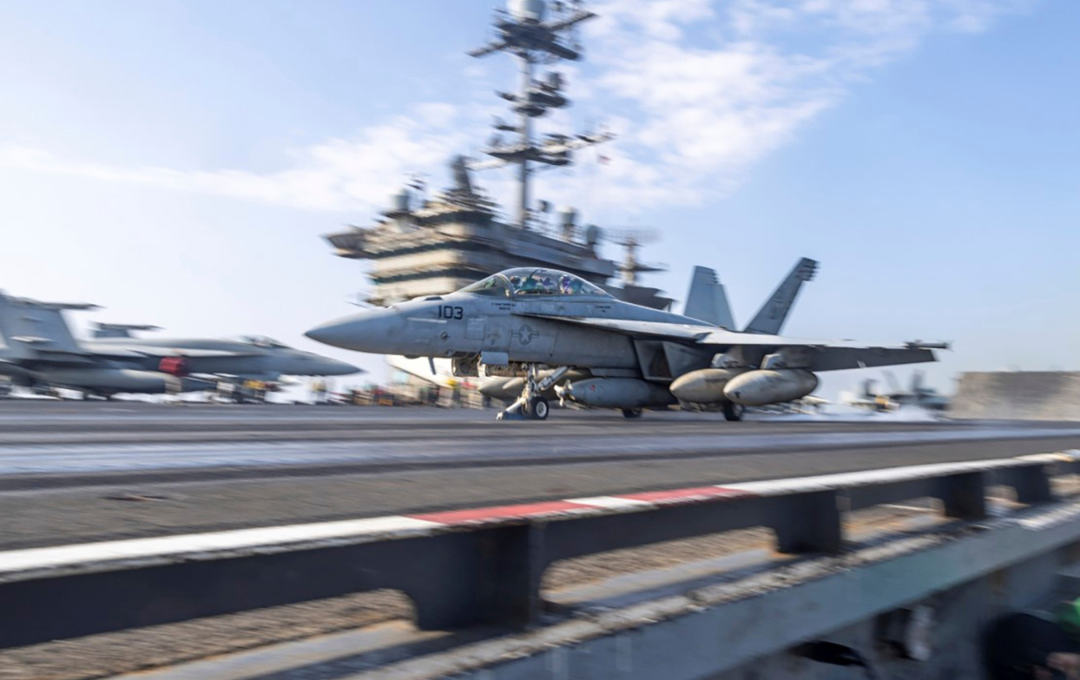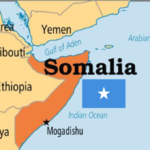US Airstrikes in Somalia
In 2025, US airstrikes in Somalia have become a critical component of American military strategy in the Horn of Africa. These targeted strikes, aimed at countering extremist groups such as Al-Shabaab, have sparked significant international debate regarding their effectiveness, ethical concerns, and long-term implications. This article delves into the current landscape of US airstrikes in Somalia, examining their objectives, operational details, and broader geopolitical consequences.

Understanding US Military Presence in Somalia
The US military’s involvement in Somalia has been ongoing for decades, primarily focused on counterterrorism efforts. While the 2017 Trump administration escalated airstrikes in the region, the Biden administration has continued this strategy, emphasizing countering terrorist organizations. These airstrikes primarily target Al-Shabaab, a violent jihadist group affiliated with Al-Qaeda, responsible for numerous attacks within Somalia and across East Africa.
The US military operates from several bases in neighboring countries, including Kenya and Djibouti, utilizing unmanned aerial vehicles (UAVs) and fighter jets to conduct precise airstrikes. The rationale behind these strikes is to degrade the capabilities of Al-Shabaab and other extremist groups, thus reducing their ability to launch attacks against local civilians, Somali security forces, and international targets.
Strategic Objectives of US Airstrikes in Somalia
The US airstrikes in Somalia serve multiple strategic objectives:
- Counterterrorism Operations: The primary aim of these airstrikes is to weaken the operational capacity of Al-Shabaab and other affiliated terrorist groups. By targeting high-ranking leaders, weapons caches, and training camps, the US hopes to disrupt the group’s command structure and prevent further attacks.
- Supporting Somali Security Forces: The US military works closely with Somali forces to bolster their counterterrorism capabilities. Through intelligence-sharing and direct support, US airstrikes aim to create a safer environment for the Somali government to strengthen its control over the nation.
- Preventing the Spread of Extremism: Somalia, with its porous borders and fragile governance, serves as a breeding ground for extremism. The US seeks to limit the influence of radical groups in the region, particularly with the growing threat of foreign terrorist fighters joining Al-Shabaab.
- Regional Stability: Beyond Somalia, US airstrikes aim to secure broader stability in the Horn of Africa. With countries like Kenya, Ethiopia, and Uganda facing threats from Al-Shabaab, the US seeks to prevent the group’s expansion and ensure that it does not destabilize neighboring nations.
Airstrike Tactics and Technologies Used
The US military employs advanced technologies and tactics to conduct airstrikes in Somalia with precision and minimal collateral damage. The use of drone strikes is particularly prevalent, as these UAVs provide surveillance and strike capabilities with high accuracy. Some of the most commonly used drones include the MQ-9 Reaper, a highly capable surveillance and attack drone, which allows for real-time intelligence gathering before launching an attack.
In addition to drones, manned fighter jets and bomber aircraft also conduct airstrikes on larger targets, such as camps and storage facilities. The US military employs precision-guided munitions (PGMs) to minimize civilian casualties and damage to critical infrastructure.
Impact on Al-Shabaab and Other Groups
The impact of US airstrikes in Somalia on Al-Shabaab has been significant, although not without controversy. According to reports from the US Africa Command (AFRICOM), hundreds of Al-Shabaab fighters have been killed in airstrikes, including several key leaders. These operations have disrupted the group’s ability to operate freely, limiting their ability to carry out large-scale attacks on Somali and international targets.
However, despite these efforts, Al-Shabaab remains resilient. The group continues to control large swathes of territory in Somalia, particularly in rural areas. This is due to a combination of factors, including the group’s deep-rooted local support, the absence of a strong central government, and its ability to adapt quickly to the changing battlefield. As a result, while airstrikes have been successful in degrading Al-Shabaab’s capabilities, they have not led to the group’s complete defeat.
Civilian Casualties and Ethical Considerations
One of the most contentious issues surrounding US airstrikes in Somalia is the risk of civilian casualties. Human rights organizations have raised concerns about the accuracy of drone strikes and the potential for collateral damage. In several instances, airstrikes have resulted in civilian deaths, leading to criticism from both international bodies and Somali citizens.
The US military asserts that it takes extensive measures to minimize civilian harm, including conducting thorough intelligence assessments and coordinating with local forces. However, the challenge of distinguishing between militants and civilians in conflict zones remains a persistent issue.
In response to these concerns, the US has adopted a more cautious approach in recent years, shifting its focus to more precise strikes that target specific individuals or groups. However, the ethical debate surrounding drone warfare and the use of airstrikes in unstable regions continues to grow.
Geopolitical Implications of US Airstrikes in Somalia
The US airstrikes in Somalia have far-reaching geopolitical consequences that extend beyond the borders of the Horn of Africa. These operations are closely tied to the broader US strategy in Africa, which aims to counter terrorism, combat human trafficking, and promote stability across the continent.
The US military’s actions in Somalia also have implications for its relationship with other regional powers. For instance, countries like Ethiopia, which shares a border with Somalia, are deeply invested in the fight against Al-Shabaab. The US works closely with Ethiopian forces, providing training, intelligence, and logistical support.
At the same time, the presence of US forces in Somalia and their airstrikes on local terrorist groups have occasionally strained relations with the Somali government. Although the Somali government cooperates with US efforts to combat terrorism, it has sometimes raised concerns about the sovereignty implications of foreign military interventions.
Furthermore, the growing presence of other international players in Somalia, such as China and Russia, has added a layer of complexity to the situation. These countries have invested in the region for strategic reasons, including economic interests and access to vital resources. The US airstrikes are part of a larger geopolitical struggle for influence in the Horn of Africa, and their impact on the balance of power in the region is still unfolding.
Future Outlook for US Airstrikes in Somalia
Looking ahead, US airstrikes in Somalia are likely to continue for the foreseeable future, although their scale and intensity may fluctuate. The US military will likely focus on precision-targeted operations aimed at key terrorist leaders and high-value targets. Additionally, the Somali government will continue to play an essential role in the broader counterterrorism effort, with US forces providing critical support in areas such as intelligence sharing and logistics.
While there are hopes that Somalia’s security forces will eventually take the lead in combating Al-Shabaab, the country’s ongoing instability and weak governance structures make this a challenging prospect. The US will likely continue to provide assistance in the form of airstrikes and ground support to ensure that Al-Shabaab does not regain control of large territories.
Conclusion: The Ongoing Battle Against Extremism in Somalia
US airstrikes in Somalia are a crucial element of the broader effort to combat extremism in the region. While these strikes have achieved some success in weakening Al-Shabaab and other militant groups, they are not a panacea. The situation in Somalia remains complex, with political, humanitarian, and security challenges still unresolved. The US must balance its military efforts with diplomatic initiatives and support for Somali governance to ensure lasting peace and stability in the region.







This is a masterpiece of clarity.